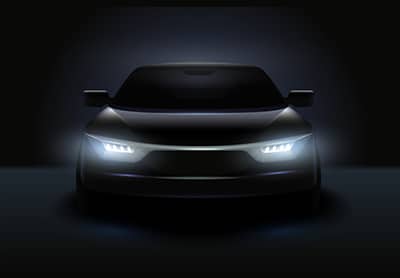Quiz: Turn on headlights at night and in poor conditions
Of course, if you did the G1 written test, all the questions were derived from the Ontario Driver Handbook and you probably have a clue of the rules before the driving test.
ADVERTISEMENT
Correct!
Wrong!
Correct!
Wrong!
Correct!
Wrong!
Correct!
Wrong!
Correct!
Wrong!
Correct!
Wrong!
Correct!
Wrong!
Correct!
Wrong!
Correct!
Wrong!
Correct!
Wrong!
Correct!
Wrong!
Correct!
Wrong!
Correct!
Wrong!
Share the quiz to show your results !
Subscribe to see your results
I got %%score%% of %%total%% right
More Learning Options:
Loading…
ADVERTISEMENT
When and How To Use Your Vehicle Headlights
Having functional headlights on your car is mandatory for most traffic regulations. Vehicle headlights serve different roles, but the major function is to provide light in the dark. Even though headlights help vehicle drivers see the road clearly, they also help pedestrians and other approaching cars so they don’t collide.
If you are new on Canadian roads or learning how to drive, you need to understand traffic rules and vehicle regulations. When it comes to having your headlights on, you need to know when is the right time and how they are used. This article will cover the different instances when to use your car headlights.
When to use headlights
 As a driver, you will encounter several situations on the road that will require you to turn on your vehicle’s headlights. Always turn on your headlights when;
As a driver, you will encounter several situations on the road that will require you to turn on your vehicle’s headlights. Always turn on your headlights when;
- Low visibility in towns and cities: Most probably, you will find yourself driving on an unfamiliar road that might have construction zones. In such a case, you need to slow down and then turn on your headlights to help you see the road clearly.
- On rural and country roads: Most rural roads have inadequate streetlights. They, therefore, may get too dark at times, thus hindering your vision. To ensure your safety and that of other rod users, turn on the headlights and clear your vision when the conditions require you to do so.
- 30 minutes after sunset to 30 minutes before sunrise: Whenever you’re driving between sunset and sunrise, you need to have your vehicle headlights on so that you can see through the night’s darkness.
Different headlights and when to use them
The intensity of light from your vehicle headlight should be controlled to fit in different road situations. Otherwise, you may end up obstructing other road users or, worse, causing accidents.
- Daytime running lights: Not to be confused with low beams, these lights make you more visible while on the road during the day.
- Dipped headlights/low beam headlights: Lower beats illuminate the immediate road in front of your vehicle. Using them makes a lot of sense when vision is seriously reduced. As such, they are ideal when driving in a city or town that is adequately lit or when driving in adverse weather. You can also use them when another vehicle is approaching to avoid obstructing the other driver’s vision.
- Full beam headlights: These are the brightest car light and angled higher than dipped headlights so that they can illuminate a longer distance from the car, enabling you to see clearly far away. Use full beam when driving on dark rural roads and switch to dipped lights when approaching another car that is either coming towards you or driving in front of you. Never use full beam when driving in fog, snow, or rain because they usually reflect, making it harder to see ahead.
- Automatic headlights: Found in most modern vehicles, these lights switch on and off depending on the intensity of light outside the vehicle.
Conclusion
Knowing how to and when to light up headlights is an essential driving skill for every driver. Hopefully, this article will benefit you if you are learning how to drive or are new on Canadian roads.
